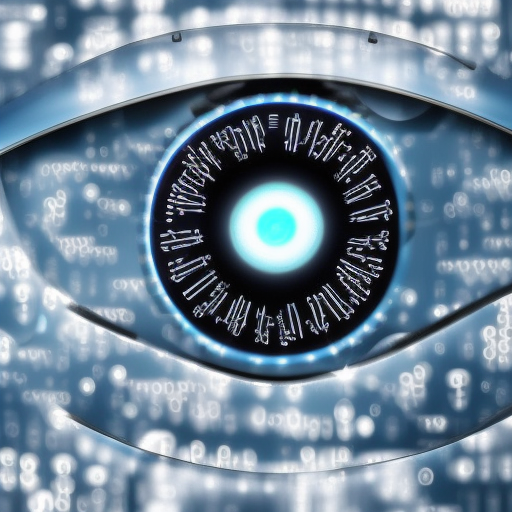Computer Vision (CV) can help us organize, manage, and analyze visual content efficiently so that we can provide accurate and relevant information to our users.
Introduction
In recent years, computer vision has emerged as a powerful technology that enables machines to perceive, interpret, and understand the visual world. It has found applications in various fields, including marketing, healthcare, transportation, entertainment, and security. In this blog post, the second in a series about artificial intelligence, I discuss computer vision and how it can be used by information professionals.
What is Computer Vision?
Computer vision (CV) is a field of artificial intelligence that focuses on enabling machines to interpret visual information from the real world. It involves the use of algorithms and models to extract information from images and videos, including features such as color, shape, texture, and motion. Computer vision algorithms can perform tasks such as image recognition, object detection, facial recognition, and scene understanding.
How Can Information Professionals Use Computer Vision?
We work with large amounts of visual material, including images, videos, and graphics. We need to organize, manage, and describe this material efficiently to provide accurate and relevant information to our users. Here are a few ways we can leverage computer vision to better serve our users.
Image recognition algorithms can help intellectual owners protect their rights and protect users from inadvertently using a copyrighted work. By analyzing images shared on social media and comparing them to copyrighted images stored in a database, the technology can identify instances where copyrighted images are being used without permission. Conversely, search engines can leverage this approach by providing its users with information about the copyright status of an image before it may be downloaded.
Object detection can be used to recognize and classify products in images or videos. This can be useful for marketers who want to track and analyze the performance of their products across different channels. For example, marketers can use object detection to identify their products in social media images and videos shared by customers to track the popularity of their products.
Computer vision can be used to retrieve images based on their visual content, such as color, texture, and shape. This can help us describe and our users find relevant images more easily. Several dam system vendors offer this type of content-based image retrieval service, allowing users to search by visually describing what they want to see in an image. To my knowledge, MerlineOne’s Nomad service is the first to combine Natural Language Processing with CV. This is a game changer in my opinion and has the potential of making search UX in DAM platforms much more accessible.
Medical imaging generates large volumes of visual data, such as X-rays, CT scans, and MRI images. Visual data mining can be used to analyze this data to identify patterns and anomalies that can help in the diagnosis and treatment of diseases. For example, this method can be used to analyze mammography images to detect early signs of breast cancer.
We spend a large part of our time reviewing, or QC’ing, digital assets. Their quality can be more quickly assessed by using CV. By detecting errors and inconsistencies in images and videos — such as scratches, smudges, poor exposure, and color problems — the algorithm can flag issues for us.
Computer vision can also be used to mine visual data for patterns and trends, enabling us to identify new insights and opportunities. Retail companies generate large volumes of visual data (i.e., product images and videos). We can use visual data mining to analyze this content to identify trends and preferences that can help in product development and marketing. For instance, visual data mining can be used to look at product images to identify the colors, textures, and shapes that customers prefer.
Computer vision can be used to create augmented reality experiences that enhance UX, such as virtual tours and interactive guides. CV can be used to recognize and track hand and body movements, allowing for gesture-based augmented reality experiences. For example, a marketer can use gesture recognition technology to detect a user’s hand movements and trigger an interactive experience such as virtual try-ons, interactive games, or product demos.
Conclusion
Computer vision is a powerful technology that can not only help us manage visual media more efficiently but also provide us with tools to extract new information, insights, and opportunities for our users and clients. As the field of computer vision continues to evolve, we can expect to see more innovative applications in the future.




Leave a comment